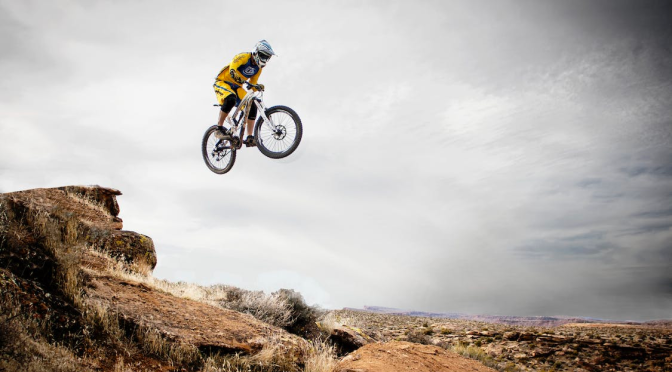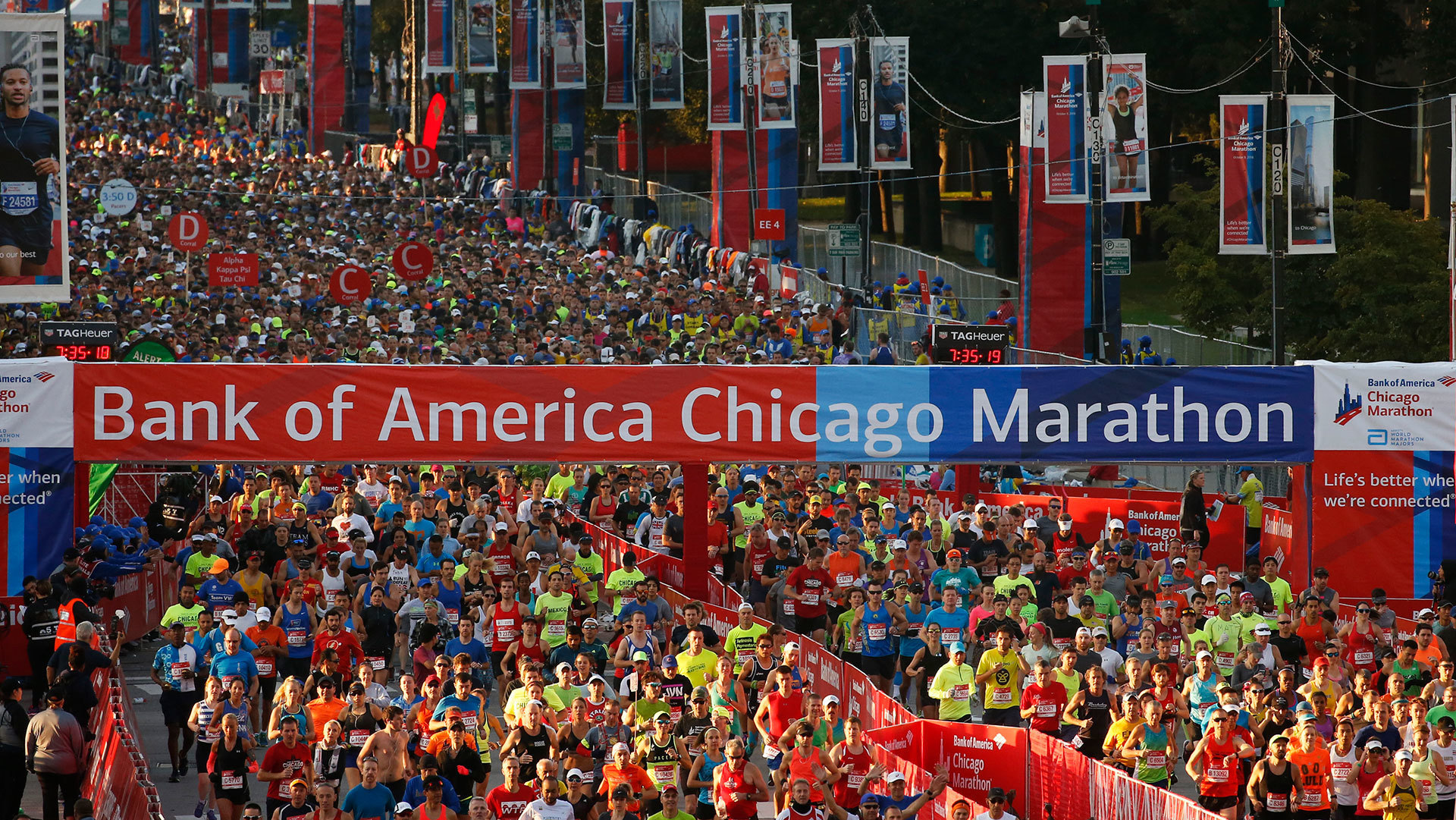Steven Rindner on Adding Confidence to Your Shredding
Whether you’re a beginner or you’ve been riding for years, there will be areas of your riding where you feel less confident in your ability. As enthusiasts like Steven Rindner can attest, cornering, jumps, and technical descents are all common weaknesses for mountain bikers.
Rather than accepting these weaknesses as a fact, you can easily work on these flaws with mountain bike skill drills. By developing – rather than tolerating – your mountain bike weaknesses, you will see significant improvements in your riding, which is incredibly rewarding.
Here are some areas you can work on to maximize your ride.
Cornering
Bikers always say that jumps are for show and corners are for dough. If you want to improve your average speed down the track, the corners are the sections that will really make the difference. For bikers like Steven Rindner, staying off the brakes through the corner for faster exit speed is crucial, and making sure your body position is right with a good setup to look through the corner will help you flow smoothly through every turn.
Technical downhills
Technical sections are essential to race run success, and some areas will benefit riders of all abilities. Experienced riders like Steven Rindner note that you should mainly focus on knowing the section you are riding— which means riding it numerous times and even walking it to inspect the lines and visualize your ride. If you ride it once and it isn’t easy, don’t just move on, but find out why. You may have chosen a poor line through it, which you can easily avoid next time.
Jumping
A jumpline is an area of a trail that can cause the most excitement and fear simultaneously. From a tabletop jump to a man-made double, you can come across a wide variety of jumps. For Steven Rindner and most experienced riders, small jumps are not a problem, but large jumps with bigger gaps between take-off and landing will cause avoidance and mental blocks.
Issues typically occur when smaller jumps are cleared with excess speed and poor technique, as this can build confidence to clear larger jumps, where poor technique will, unfortunately, be punished.
Follow this Steven Rindner page. for more tips and essential readings on mountain biking.















